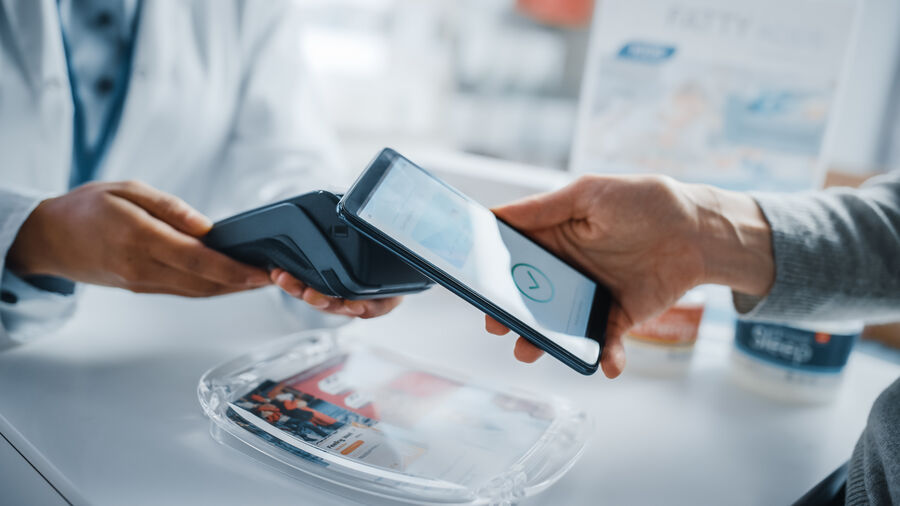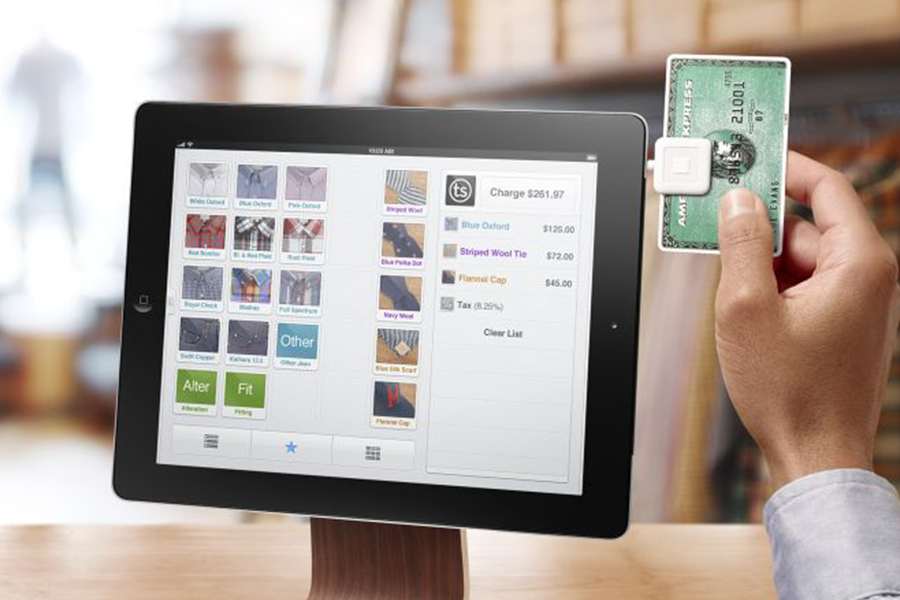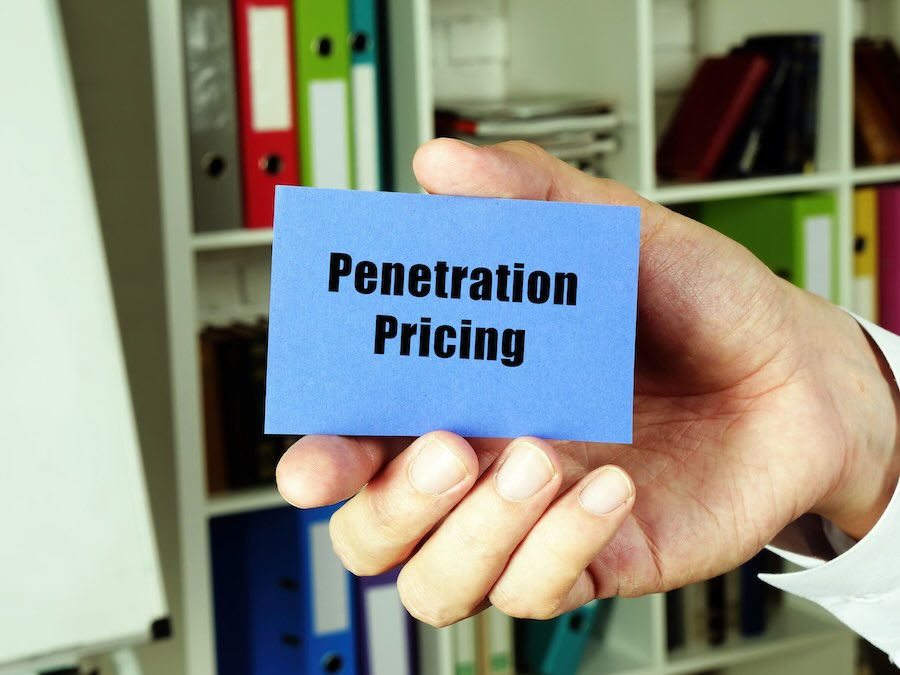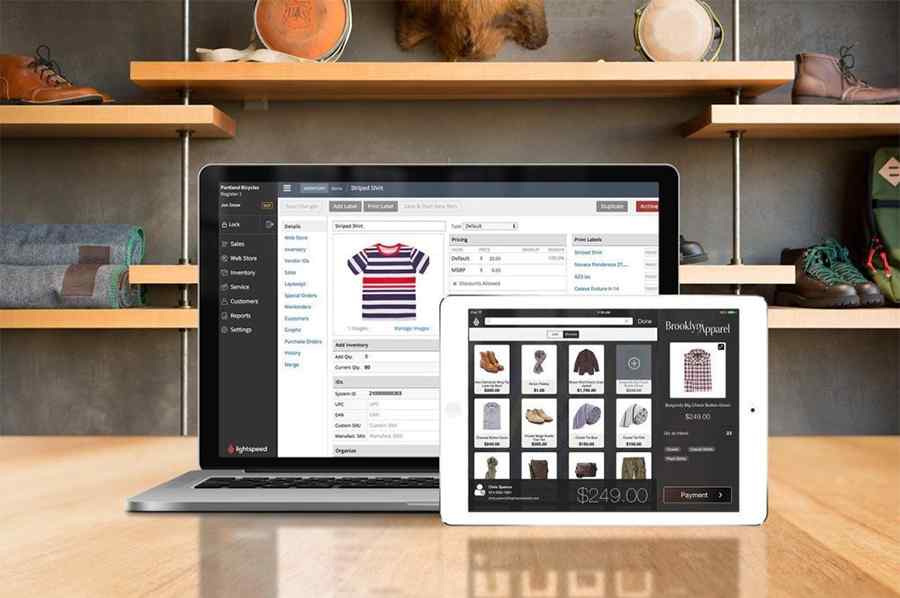
The digital payments market refers to the ecosystem where transactions are conducted electronically, eliminating the need for physical currency or cards. It includes various forms of electronic payments, including mobile wallets, account-to-account (A2A) or peer-to-peer (P2P) transfers, contactless payments, Buy Now, Pay Later options, and cryptocurrency.
This market has experienced exponential growth in recent years, driven by technological advancements, convenience, and increasing consumer preference toward cashless transactions. We explore key market figures and digital payment trends in this article.
Key Takeaways:
- A growing number of consumers prefer digital payments, with around 41% planning to use only digital payments by 2024.
- Digital wallets are the most used digital payment method, with PayPal as the most popular digital wallet in the US and Alipay as the most used globally.
- The global contactless market size is expected to grow by 16.1% from 2023 to 2032, and 81% of cards are expected to be contactless by 2026.
- Digital payment methods are more popular among Gen Z and Millennials.
Digital Payment Market Overview
The immense growth of the digital payment market is evident in increasing total global transaction values for mobile wallets, account-to-account (A2A), buy now, pay later (BNPL), cryptocurrency, contactless, and other forms of digital payments.
1. In 2023, global digital payment transactions reached $10 trillion
In 2023, the digital payments market hit a notable milestone with a total transaction value of US$10.09 trillion worldwide. It is projected to reach $16.63 trillion in 2028, a growth of around 64.82%.
The Asia-Pacific region is projected to hold the largest market share, followed by North America and Europe. This is attributed to the growing adoption of digital payments, payment service provider collaborations, and advanced technology implementation in these regions.
2. The average transaction value per user for digital payments in 2023 was $3,120
In 2018, the average transaction value per user for global digital payments stood at $2,820, showing a steady increase of 10.64% over five years to $3,120 in 2023. As consumer preference moves toward digital payment methods and digitization among businesses grow, this trend is expected to continue. By 2028, the average transaction value per user is forecast to hit $3,460.
3. More than 40% of consumers plan to use only digital payments in 2024
Around 41% of consumers plan to use only digital payments by 2024. However, nearly a quarter of consumers surveyed say they will never shift to fully digital payments only—while there is growing confidence in digital payment solutions, concerns around accessibility and security signal that consumers are not ready to go fully cashless.
Digital Wallets
Digital wallets, also known as e-wallets or mobile wallets, are virtual accounts that securely store payment information, allowing users to make purchases, transfer money, and conduct various transactions electronically.
With the increasing prevalence of smartphones and the growing preference for cashless transactions, digital wallets have emerged as a popular payment solution.
4. Digital wallets are the most common payment method used for ecommerce and point-of-sale (POS) payment transactions
In 2023, digital wallets accounted for 50% of ecommerce payment transactions and 30% of POS payment transactions. This trend is projected to continue until 2027, with digital wallets anticipated to capture 61% of ecommerce transactions and 46% of POS transactions. This signals the growing preference for digital wallet use for both online and in-store payments.
5. Digital wallets are the fastest-growing payment method preferred by customers
Digital wallets are the leading payment method across channels. The total transaction value of digital wallet payments in 2023 was $14 trillion, and this is projected to grow by around 70% to $25 trillion in 2027. This makes digital wallets a must-have payment option for any business.
6. Alipay is the most popular digital wallet in the world, while PayPal takes the lead in the US
In the US, PayPal leads with 71% adoption, followed by Google Pay, Apple Pay, and Samsung Pay. Globally, Alipay boasts 650 million users (19.1%), with WeChat Pay close behind at 550 million, and Apple Pay with 507 million users. In the U.K., Apple Pay (69%) remains the top choice, followed by PayPal (31%). These statistics highlight the varied preferences in digital wallets across regions and platforms.
7. The number of digital wallet users in the US is expected to grow by 53% from 2023 to 2026
There were 3.4 billion digital wallet users in the US in 2023. This is expected to grow by 53% to 5.2 billion users in 2026. Small businesses should ensure they capture this market by accepting digital wallet payments.
8. 91% of Americans between 18 and 26 years old prefer digital wallets
The preference for digital wallets among younger Americans is strikingly high, with a notable 91% of individuals aged between 18 and 26 using digital wallets as their primary payment method.
However, as age increases, the adoption rate gradually declines, with 59% of individuals aged 27 to 42, and 50% of those aged 43 to 58 favoring digital wallets.
This shift suggests that while digital payment methods are increasingly popular across age groups, younger generations remain the primary adopters. Businesses should tailor their payment options to suit the preferences of their target demographic segments.
9. Digital wallet use is partially financed by credit and debit cards
Although it seems that credit and debit card use has decreased, digital wallet use is still partially financed by credit and debit cards. Around 43% of digital wallet users had two or more bank accounts linked to their digital wallet, while 33% had at least two debit or credit cards linked.
10. The use of QR codes for payments is increasing
QR codes facilitate seamless and secure transactions through mobile wallets. Most mobile wallets utilize QR codes that mobile wallet users can use to send and receive payments.
In 2023, the transaction value of QR code payments was $2.9 billion dollars, which is expected to grow by 59% to $4.8 billion. Adopting QR codes to accept digital payments can help small businesses cater to customers with a growing preference for it.
Account-to-Account Payments
Account-to-account (A2A) payments, which involve the direct transfer of funds between accounts, are also gaining traction. Their popularity is due to convenience, reliability, and cost-effectiveness.
11. A2A payments are growing in popularity in countries with strong government and bank support
Although the use of cards and mobile wallets is more popular in the US, A2A payments are becoming increasingly popular in countries with strong government and bank support for account-to-account transfers.
12. 36% of US consumers have made an A2A payment in Q2 2023
While A2A is less popular in the US than other digital payment methods, more than a third of US consumers have used A2A transfers in 2023. These consumers are dominated by Millennials and Gen Z, who prefer this method because of its speed and lower fees.
13. 84.3% of people who used A2A payments are extremely satisfied with it
Among consumers who use A2A payments, 84.3% are very or extremely satisfied, 11.4% are somewhat satisfied, and 4.3% are slightly or not satisfied at all. This indicates potential higher use of A2A payments, especially among those who have already used it.
Related: What is Pay by Bank?
Buy Now, Pay Later
The emergence of buy now, pay later (BNPL) payment methods in recent years has reshaped the consumer finance landscape. With BNPL, shoppers can make purchases upfront and defer payment in installments over time, often interest-free.
14. Buy now, pay later transactions worldwide grew by 18% from 2022 to 2023
The total transaction value for global BNPL grew by 18% from 2022, reaching over $316 billion in 2023. It is expected to continue with a 9% compound annual growth rate (CAGR) to 2027. This indicates an increasing consumer adoption of BNPL services around the world.
15. BNPL usage among US consumers has been decreasing in the past 3 years
Despite the growth in BNPL global transaction values, the percentage of US consumers using BNPL has decreased from 56% in 2021 to 35% in 2023.
BNPL first became popular in the US, but consumers are slowing down with their BNPL purchases. In previous years, BNPL transactions in the US shot up because of consumer eagerness to purchase high-value items and pay them off in small installments. However, only 50% of BNPL users are confident they can pay off their installments.
Read more about consumer behavior around BNPL and other trends in our article on doom spending.
16. BNPL payment solutions are more popular among Millennials and Gen Z
While Millennials and Gen Z users lead the adoption rate at 56% and 49%, respectively, it’s noteworthy that significant proportions of Baby Boomers and Gen X, at 26% and 36% respectively, are also embracing BNPL options.
This data highlights the widespread appeal of BNPL services across age demographics and the importance for businesses to tailor their payment methods to accommodate the preferences of their target customers.
17. A quarter of US consumers use BNPL payment solutions at least once a month or once every three months
While a smaller proportion of users utilize BNPL at least once a week (5%), the majority opt for less frequent usage, with 26% using it once a month, 25% once every three months, and 17% once every six months.
Moreover, 16% of users employ BNPL services once a year or even less frequently. This distribution suggests that while BNPL is gaining traction, it may not yet be the primary payment method for all consumers.
18. PayPal is the most recognized and most used BNPL provider in the US
According to a survey, PayPal has 90% brand awareness and 51% usage compared to other BNPL services in the US. This highlights PayPal’s dominant position in the BNPL market.
Read More:
Contactless payments have emerged in recent years as a convenient and secure alternative to traditional payment methods. It enables consumers to make purchases swiftly and securely by simply tapping their cards or mobile devices.
19. Global contactless market size is projected to grow by 16.1% from 2023 to 2032
The global contactless market size in 2023 is $34.55 billion, which is projected to grow by 16.1% to $132.42 billion by 2032. This projection underscores the increasing adoption and significance of contactless payments in the digital payment market. It signals the widespread acceptance of contactless technology and the opportunity for businesses to leverage contactless payment solutions to enhance customer experiences, drive operational efficiency, and stay ahead in an increasingly digital economy.
20. 81% of all cards are expected to be contactless by 2026
Card issuers are increasing their adoption of contactless technology. By 2026, 81% of all cards are expected to be contactless. This emphasizes the need for businesses to invest in payment solutions and hardware that can accommodate contactless payments.
Read More:
Cryptocurrency Payments
The emergence of cryptocurrency payments has revolutionized conventional financial systems, offering users decentralized and secure means of conducting transactions. With cryptocurrency, individuals can engage in peer-to-peer transactions without intermediaries, fostering a borderless and transparent financial ecosystem.
21. Cryptocurrencies accounted for less than 0.2% of global ecommerce transaction value in 2022
Despite the buzz over cryptocurrencies, they have not gained ground as a payment method. Although it is projected to grow at a CAGR of around 17% from 2022 to 2029, it is not expected to take up a larger percentage of global ecommerce transaction value.
22. Cryptocurrency is commonly used by millennials for computers and electronics, streaming, groceries, and online gaming
The use of cryptocurrency for payments is more popular among millennials. This generation most often uses crypto payments for computers and electronics (28.9%), streaming (28.8%), groceries (28.6%), and online gaming (28.6%).
23. Around 8 in 10 US shoppers who have paid with crypto have used Bitcoin to pay for online or in-store purchases.
Among US shoppers who have used crypto to pay for online or in-store purchases, around 8 in 10 used Bitcoin. Small businesses considering accepting crypto payments may find it easier to accept just this type of cryptocurrency.
24. More than 40% of Gen Z and Millennials positively view cryptocurrency as a payment option.
Not surprisingly, cryptocurrency payments are viewed positively by more than 40% of Gen Z and Millennials. Businesses targeting these generations may benefit from accepting cryptocurrency payments.
Related:
- How to Accept Cryptocurrency Payments as a Business
- Best Crypto Payment Gateways for Small Businesses
Frequently Asked Questions (FAQs)
Click through the sections below to read answers to common questions about the digital payment market:
The total transaction value of digital wallets is projected to grow from $14 trillion in 2023 to $25 in 2027, which is a CAGR of 15.6%.
In 2023, the total transaction value of global digital payments was $10.09.
The future of digital payments is poised for continued growth and innovation, driven by technological advancements and shifting consumer behaviors. Some of the key digital payment trends are increased adoption, expansion of embedded finance, more widespread acceptance of cryptocurrencies, continued growth of mobile wallets, and enhanced security and fraud prevention measures.
Bottom Line
The digital payment market is experiencing exponential growth worldwide, driven by technological advancements and changing consumer preferences. Businesses must adapt to these trends by embracing digital payment solutions, such as mobile wallets and Buy Now, Pay Later options, to cater to evolving customer needs and remain competitive in the digital economy.
Additionally, the rise of contactless payments and the increasing acceptance of cryptocurrencies underscore the need for businesses to invest in flexible payment infrastructure to meet the demands of an ever-evolving marketplace.




